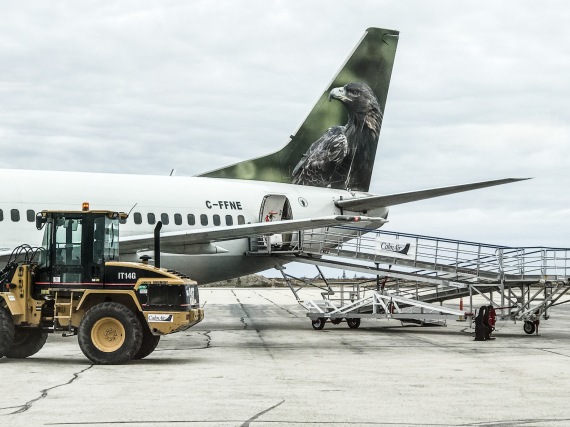J'ai bien reçu le message,
mais la réponse reste bloquée de la même manière !
 Re: Connaissances de base, savoir-faire
Re: Connaissances de base, savoir-faire Re: Connaissances de base, savoir-faire
Re: Connaissances de base, savoir-faire Re: Connaissances de base, savoir-faire
Re: Connaissances de base, savoir-faire Re: Connaissances de base, savoir-faire
Re: Connaissances de base, savoir-faire Re: Connaissances de base, savoir-faire
Re: Connaissances de base, savoir-faire
 Re: Connaissances de base, savoir-faire
Re: Connaissances de base, savoir-faire Re: Connaissances de base, savoir-faire
Re: Connaissances de base, savoir-faire
 Re: Connaissances de base, savoir-faire
Re: Connaissances de base, savoir-faireMerci Poncho pour cette précision, je ne connaissais pas cette règle, très utile.Poncho (Admin) a écrit:Ouais ces histoires de réserve c'est terrible
Surtout que ça prend en compte (prenait en compte avant le big data) la dispersion de perfo entre avions / dégradation dans le temps à la consommation du potentiel moteur, les dégradations aéro, etc
Donc 5% + alternate (200 NM) + Hold 30 min, ça finit par faire des grosses quantités de fuel transportées pour la sécurité
 Re: Connaissances de base, savoir-faire
Re: Connaissances de base, savoir-fairePoncho (Admin) a écrit:Ouais ces histoires de réserve c'est terrible
Surtout que ça prend en compte (prenait en compte avant le big data) la dispersion de perfo entre avions / dégradation dans le temps à la consommation du potentiel moteur, les dégradations aéro, etc
Donc 5% + alternate (200 NM) + Hold 30 min, ça finit par faire des grosses quantités de fuel transportées pour la sécurité

 Re: Connaissances de base, savoir-faire
Re: Connaissances de base, savoir-faire Re: Connaissances de base, savoir-faire
Re: Connaissances de base, savoir-faire

 Re: Connaissances de base, savoir-faire
Re: Connaissances de base, savoir-faire Re: Connaissances de base, savoir-faire
Re: Connaissances de base, savoir-faire

 Re: Connaissances de base, savoir-faire
Re: Connaissances de base, savoir-faire Re: Connaissances de base, savoir-faire
Re: Connaissances de base, savoir-faire


 Re: Connaissances de base, savoir-faire
Re: Connaissances de base, savoir-faire
 Re: Connaissances de base, savoir-faire
Re: Connaissances de base, savoir-faire
 Re: Connaissances de base, savoir-faire
Re: Connaissances de base, savoir-faire
 Re: Connaissances de base, savoir-faire
Re: Connaissances de base, savoir-faire
 Re: Connaissances de base, savoir-faire
Re: Connaissances de base, savoir-faire
 infos de base sur les portes de secours
infos de base sur les portes de secours| Type A | 110 |
| Type B | 75 |
| Type C | 55 |
| Type I | 45 |
| Type II | 40 |
| Type III | 35 |
| Type IV | 9 |
 Re: Connaissances de base, savoir-faire
Re: Connaissances de base, savoir-faire
 Re: Connaissances de base, savoir-faire
Re: Connaissances de base, savoir-faire